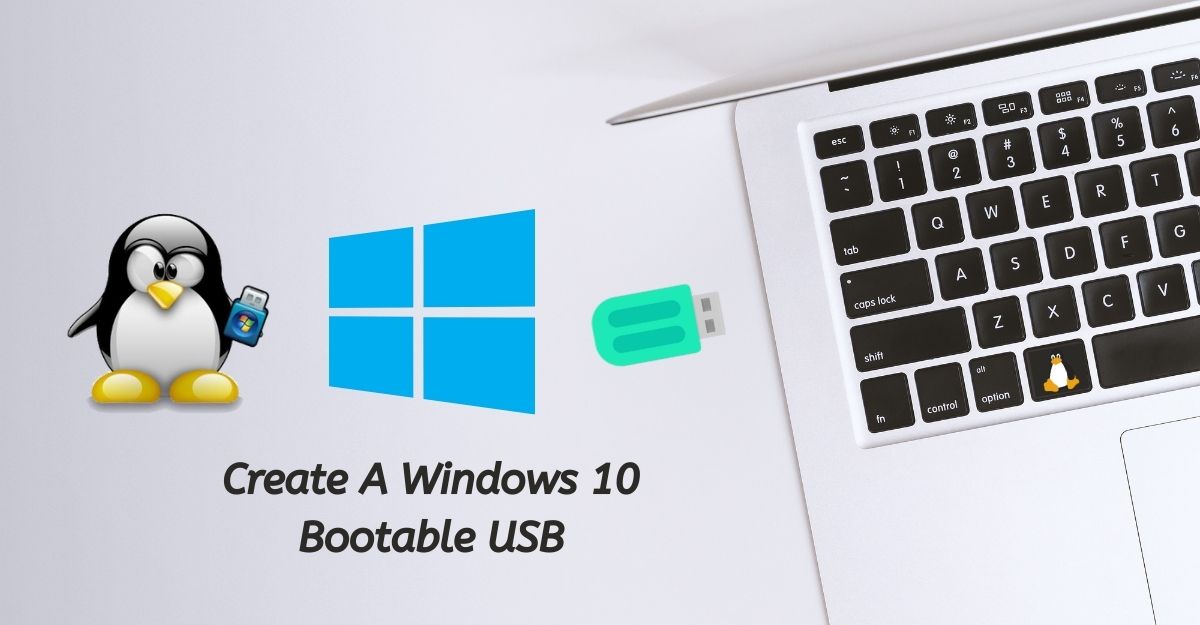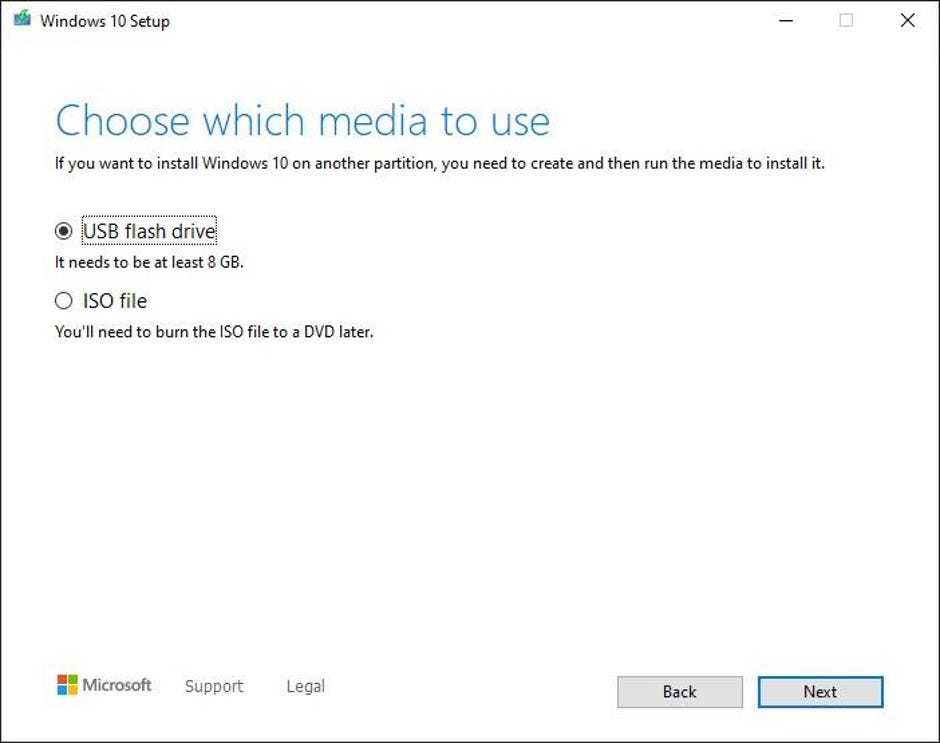
- #Create windows 10 bootable usb for another pc install
- #Create windows 10 bootable usb for another pc upgrade
- #Create windows 10 bootable usb for another pc windows 10
Split the Windows image file into smaller files, and put the smaller files onto the USB drive: Dism /Split-Image /ImageFile:D:\sources\install.wim /SWMFile:E:\sources\install. If your image is larger than the filesize limit:Ĭopy everything except the Windows image file (sources\install.wim) to the USB drive (either drag and drop, or use this command, where D: is the mounted ISO and E: is the USB flash drive.) robocopy D: E: /s /max:3800000000
#Create windows 10 bootable usb for another pc windows 10
Then you will find that you are no longer locked out of the Windows 10 computer. Before restarting the computer, please disconnect the bootable USB/CD from your computer.
#Create windows 10 bootable usb for another pc install
Windows USB install drives are formatted as FAT32, which has a 4GB filesize limit. After reset successful, please restart your PC. Follow the instructions to install Windows. Select the option that boots the PC from the USB flash drive. Step 2: Select the USB drive as the boot device, save changes and exit.
#Create windows 10 bootable usb for another pc upgrade
With Windows 10 creation tool, you can upgrade Windows to its latest version or create a Windows 10. ISO file that you can burn on to a DVD to install the operating system on a different computer. Select your language, edition, and architecture (64-bit or 32-bit) 4. Windows 10 Media Creation Tool is a free utility developed by Microsoft, which lets you create a Windows 10 installation USB drive or download its. Launch the tool and select Create installation media for another PC 3. Download the Windows 10 Media Creation Tool from Microsoft’s website 2. At the start of booting process, you need to press a required key shown on the screen such as Del, F2, F1, etc. How do I create a Windows 10 boot USB from another computer 1. Turn on the PC and press the key that opens the boot-device selection menu for the computer, such as the Esc/F10/F12 keys. Step 1: Restart computer and repeatedly press certain key to enter BIOS. That is to say, you cannot use a Windows 10 recovery USB created in this way on another computer. One of the reasons to create a bootable version of Linux Distro or Windows is to use it as a sandbox or try a new operating system. For more information, see Automate Windows Setup. For example, you cannot use a Windows 8 recovery disk to restore Windows 10, nor can you use a recovery drive made by Windows 10 64-bit to boot a 32-bit computer. Optional: add an unattend file to automate the installation process. Use File Explorer to copy and paste the entire contents of the Windows product DVD or ISO to the USB flash drive.

Step 2 - Copy Windows Setup to the USB flash drive In the SOURCE FILE box, type the name and path of your Windows ISO file, or click BROWSE and select the file from the OPEN dialog box.


You can follow the question or vote as helpful, but you cannot reply to this thread. Click the Windows START button, and click WINDOWS USB/DVD DOWNLOAD TOOL in the ALL PROGRAMS list to open the Windows USB/DVD Download Tool. If Mark Partition as Active isn't available, you can instead use diskpart to select the partition and mark it active. What I would like to try and do is to create a bootable USB with Windows 8 files to boot on my computer and repair my windows (without losing all my files).


 0 kommentar(er)
0 kommentar(er)
